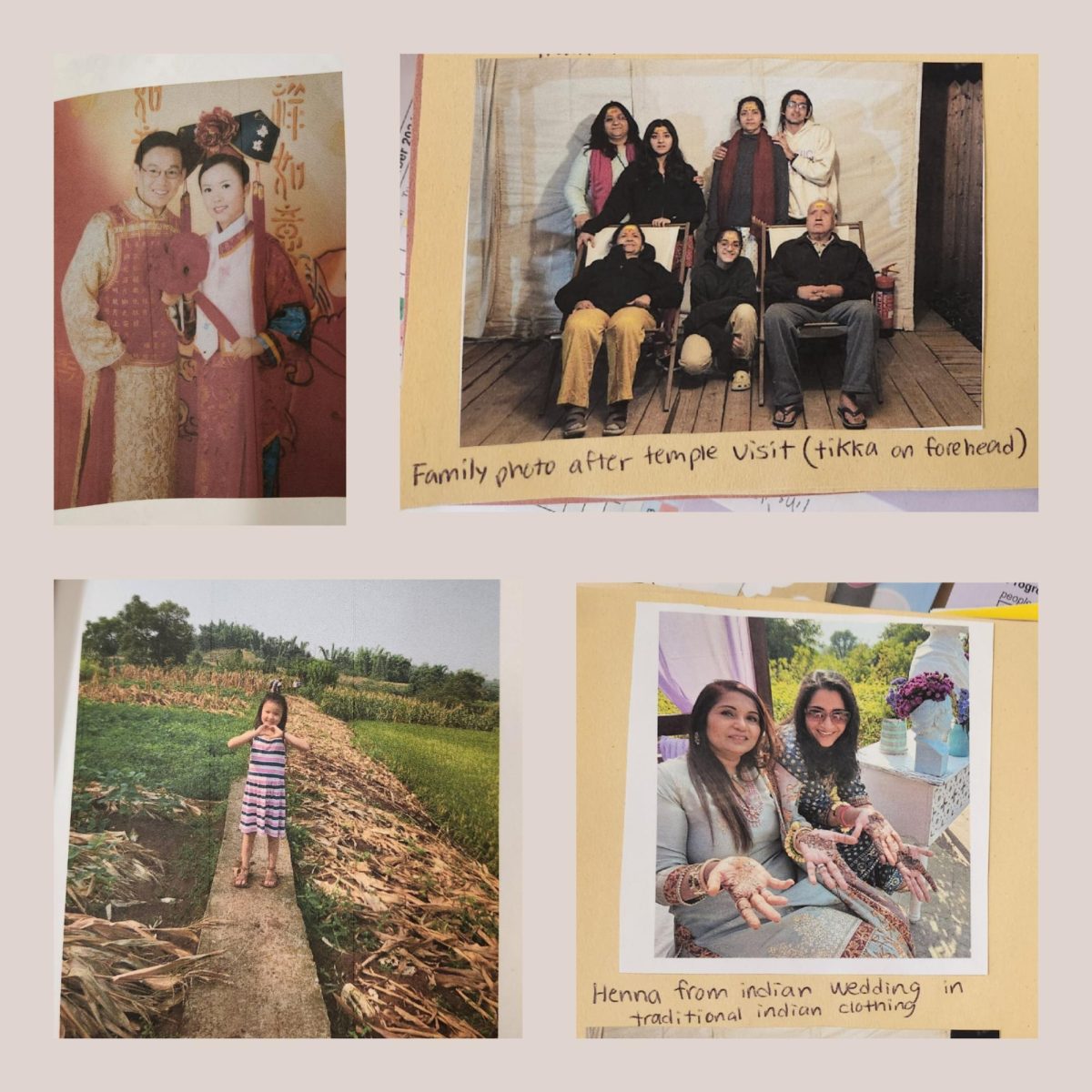Nine-year-old Sadie McBeth didn’t know that when her best friends invited her to a rock climbing studio for a birthday party, she would later enjoy practicing rock climbing for hours every day.
But her interest in climbing probably shouldn’t have surprised anyone. She remembers loving climbing trees in her backyard and clambering over furniture in her house when she was younger.
Now as a competitive rock climber, McBeth, a freshman, competes in regional Female Youth level groups for athletes born in 2009 or 2010. She aspires to advance to the divisional level and eventually attend national-level competitions, even setting her sights on one day becoming a professional.
McBeth acknowledges the hardships and efforts necessary to become a professional rock climber one day, but she says she is ready to take the long steps to become one.
“[Rock climbing] is more than an extracurricular. But for a professional level, getting there is hard. I don’t know if it would be possible,” McBeth said. “But I’m working hard because I want to become a professional rock climber.”
Rock climbing consists of two main events: bouldering and lead. Bouldering takes place on small rocks without the use of rope, and climbers are given up to five minutes per problem, a sequence of technical climbing moves in a climbing route, while the lead event is performed on 15-meter walls with ropes and climbers are allotted six minutes per problem.
McBeth competes in both climbing events, and the problems are graded on a scale from 0-17 based on the V-scale grading system, where the number gets higher as the problem becomes more difficult. With mark points along the map of the problem, athletes aim to climb the highest they can, with the fewest attempts within the time limit. All athletes are given the same map to climb on, and points are awarded after passing certain mark points on the map.
Three times a week for three hours each session, McBeth trains at Studio Climbing, her climbing gym in San Jose. Training starts with a 30-minute warm-up that includes running on a treadmill for half a mile, weightlifting and hanging on a hang board — a wall with various climbing holds designed to warm up her fingers.
From there, she moves on to climbing drills on the wall to practice her endurance, technique, efficiency and strength, which last for two hours. She ends practice with conditioning, which typically entails weight lifting and hang boarding, to name a few.
McBeth said weight lifting has enhanced her rock climbing performance by boosting her endurance and strength, particularly in her finger and upper body muscles.
“As rock climbing requires both strength and technique to succeed, having upper body and back strength helped me stay on the wall and have a longer stamina,” she said.
Although McBeth is not planning to participate in any competitions in the foreseeable future, she plans to challenge herself to rock climb outdoors more often, since she mainly climbs indoors.
“I climb in V-levels 6,7, and 8, and want to compete on a larger scale and higher V-level map questions than where I am right now,” McBeth said.
Rock climbing is a true joy for McBeth, and she believes anyone can try the sport, as it has a low entry barrier.
“I first started as a recreational climber, and when I joined the club to climb competitively, everyone was very welcoming. The staff, members, and my teammates at the gym are kind,” McBeth said.



























